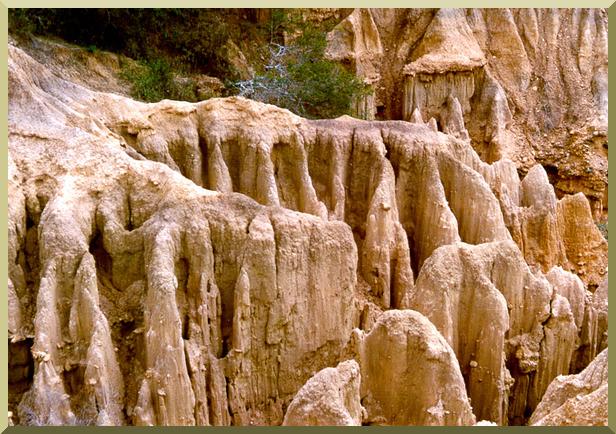|
In the summer of 1989, I went to Santa Cruz de la Sierra, in Santa Cruz,
Bolivia, on a consulting assignment in relation to the flood control scheme for the Pirai river basin.
My assignment was to do the sediment routing, i.e., to establish the rates of sand deposition on several critical reaches of the Pirai river.
At our first technical meeting, I proposed
to use
the Colby method for sediment transport in the sand-bed channels, and the Meyer-Peter Muller method
for coarse-sand and gravel transport. My proposal met with the opposition of one of the supervisors,
who argued that the Colby method's applicability to Bolivian rivers had not been demonstrated.
I countered that I saw no other method better suited for sand-bed rivers,
and that quartz sand was quartz sand everywhere.
Since there is no sediment transport method specifically developed for Bolivian rivers,
we used the Colby method, pending field verification.
The field data was collected in the winter of 1990.
We plotted the sediment
rating curve, a plot of sediment discharge vs water discharge,
and proceeded to compare measured and calculated sediment transport.
To everyone's amazement, the agreement was excellent, showing measured sediment discharge
closely matching calculated sediment discharge throughout a wide range of water discharges.
Thus, I proved my point: That quartz sand was the same,
regardless of location, and the Colby method was applicable to the Pirai.
Closer examination of the data revealed, however,
that individual measured data points could be in error by as much as 100%,
a fact well known by experienced sedimentation engineers.
It is almost impossible to get a perfect match when dealing with sediment
transport rates, which typically vary several orders of magnitude from low flow to high flow.
| ||
|
|
